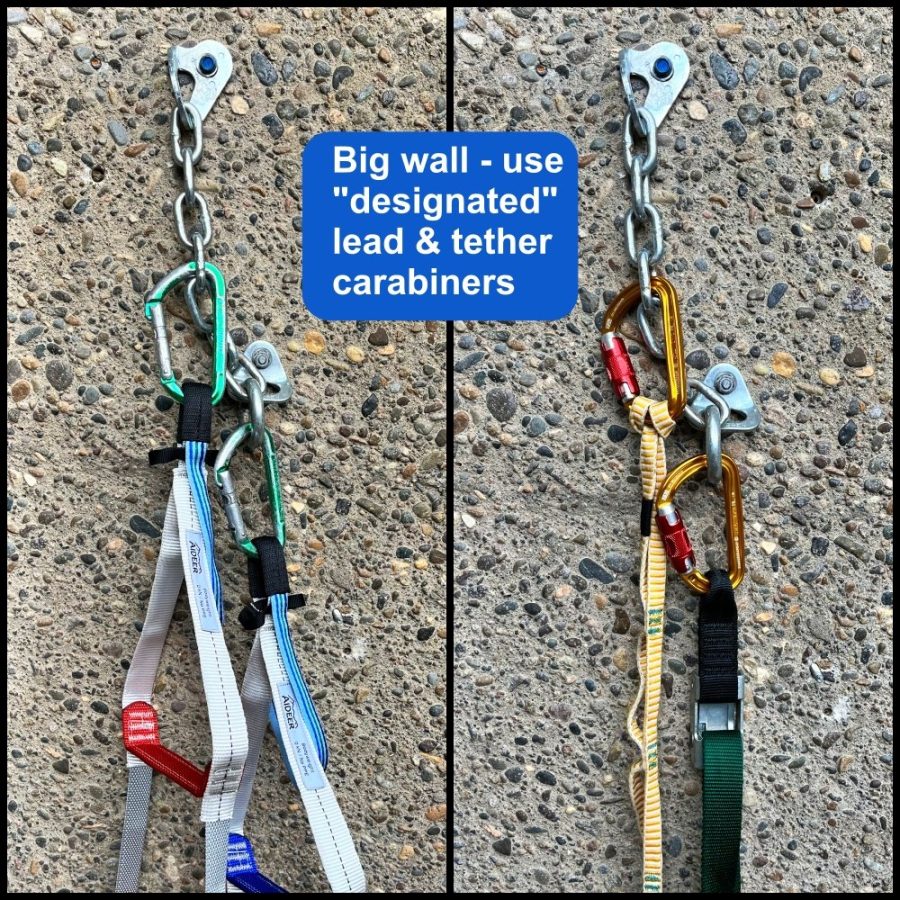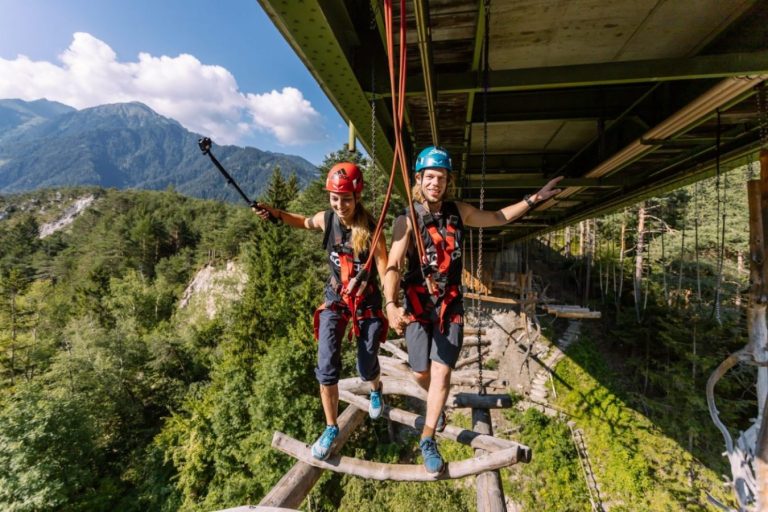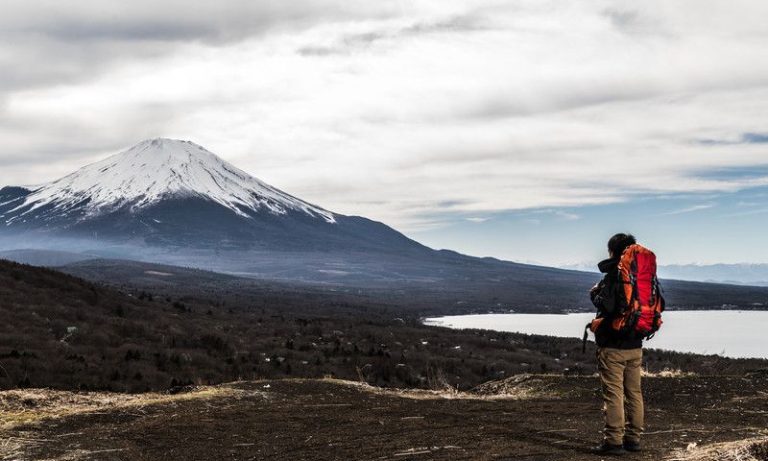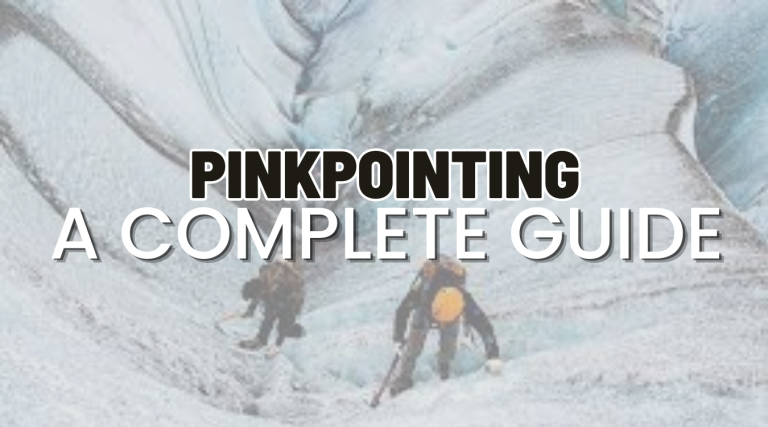Aid Climbing Route Planning: Essential Tips and Techniques
Aid climbing is an adventurous and challenging type of climbing that involves using specialized equipment and techniques to ascend a route that cannot be climbed by free climbing alone. Aid climbing requires meticulous planning and preparation, especially when it comes to choosing the right route. In this article, we will discuss some essential tips and techniques for aid climbing route planning that can help you have a successful and safe climb.
Understanding Aid Climbing
Before we dive into the specifics of aid climbing route planning, it’s important to have a clear understanding of what aid climbing is and what it entails. In aid climbing, the climber uses specialized equipment, such as aiders, daisy chains, and ascenders, to ascend a route that cannot be climbed by free climbing alone. Aid climbing can be used to climb routes that are too steep, too long, or too difficult for free climbing. It requires a high level of technical skill, physical endurance, and mental toughness.
Choosing the Right Route
Choosing the right aid climbing route is critical for a successful climb. Here are some key factors to consider when evaluating potential routes:
Evaluating Route Difficulty
The first thing to consider when choosing an aid climbing route is the difficulty level. Routes are typically rated based on the Yosemite Decimal System (YDS), which ranges from 5.0 (easiest) to 5.15 (hardest). Within the YDS rating, aid climbing routes are rated on the A0 to A5 scale, with A0 being the easiest and A5 being the most difficult. When evaluating a route, consider your own skill level and experience, as well as the difficulty of the gear placements, the length of the pitches, and the overall technical demands of the route.
Considering Route Length and Terrain
Another important factor to consider when choosing an aid climbing route is the length and terrain of the route. Longer routes will require more gear and supplies, as well as a higher level of physical endurance. The terrain of the route will also affect the difficulty level, as well as the gear and equipment required. For example, a route that involves traversing a steep, exposed face will require more specialized gear than a route that follows a more moderate slope.
Assessing Gear and Equipment Requirements
Finally, when choosing an aid climbing route, it’s important to assess the gear and equipment requirements. This includes the type and amount of gear needed for the climb, such as aiders, daisy chains, ascenders, and specialized ropes and hardware. It also includes other essential gear and supplies, such as food, water, and emergency equipment.
Creating a Route Plan
Once you have chosen a potential aid climbing route, it’s time to create a detailed route plan. Here are some key steps to follow when creating a route plan:
Analyzing the Climbing Area and Conditions
Before creating a route plan, it’s important to analyze the climbing area and conditions. This includes evaluating the weather forecast, assessing the rock quality and stability, and identifying any potential hazards or obstacles that may affect the climb.
Identifying Key Features and Challenges
Next, identify the key features and challenges of the route. This includes evaluating the pitch lengths, the type of gear placements required, and any potential cruxes or difficult sections of the climb. By identifying these key features, you can develop strategies for tackling them during the climb.
Selecting Appropriate Gear and Equipment
Based on your analysis of the climbing area and the key features of the route, select the appropriate gear and equipment. This includes choosing the right type and amount of aid climbing gear, as well as other essential gear such as ropes, harnesses, helmets, and protection.
Planning for Emergency Situations
Finally, it’s important to plan for emergency situations. This includes identifying potential hazards or risks, such as rockfall, weather changes, or gear failure, and developing strategies for dealing with them. It also includes bringing appropriate emergency gear, such as a first aid kit, communication devices, and extra supplies.
Preparing for the Climb
With the route plan in place, it’s time to prepare for the climb. Here are some key steps to follow:
Training and Conditioning
Aid climbing requires a high level of physical and technical skill, so it’s important to train and condition yourself before the climb. This includes practicing aid climbing techniques, building endurance through cardiovascular and strength training, and practicing rope management and gear placement.
Packing and Organizing Gear and Equipment
Before the climb, pack and organize your gear and equipment carefully. This includes ensuring that you have all the necessary gear and supplies, packing them in a way that is easy to access and carry, and organizing them in a way that makes sense for the climb.
Finalizing the Route Plan
Finally, before setting out on the climb, double-check your route plan and make any necessary adjustments. This includes re-evaluating the weather and climbing conditions, reviewing the key features and challenges of the route, and ensuring that you have all the necessary gear and equipment.
Tips for a Safe and Successful Climb
Once you are on the climb, there are a few key tips to keep in mind to ensure a safe and successful climb:
Climbing Techniques and Strategies
Use appropriate climbing techniques and strategies to maximize your efficiency and safety. This includes using proper gear placement, managing your ropes and gear carefully, and using your body weight and momentum to your advantage.
Communication and Teamwork
Effective communication and teamwork are essential for a successful aid climb. Make sure to communicate clearly with your climbing partner or team, and work together to solve problems and tackle difficult sections of the climb.
Managing Risks and Hazards
Be aware of potential risks and hazards, and manage them carefully. This includes being prepared for changes in weather or climbing conditions, anticipating potential gear failure or rockfall, and having a plan in place for dealing with emergencies.
Conclusion
Aid climbing route planning requires careful consideration and preparation to ensure a safe and successful climb. By evaluating potential routes, creating a detailed route plan, and preparing yourself and your gear carefully, you can increase your chances of having a safe and enjoyable climb.
FAQ’s
- What is aid climbing?
Aid climbing is a type of climbing that involves using specialized equipment to ascend a route that cannot be climbed by free climbing alone. Aid climbing requires a high level of technical skill and physical endurance.
- How do I evaluate the difficulty level of an aid climbing route?
Aid climbing routes are typically rated based on the Yosemite Decimal System (YDS), which ranges from 5.0 (easiest) to 5.15 (hardest). Within the YDS rating, aid climbing routes are rated on the A0 to A5 scale, with A0 being the easiest and A5 being the most difficult. When evaluating a route, consider your own skill level and experience, as well as the difficulty of the gear placements, the length of the pitches, and the overall technical demands of the route.
- What gear do I need for aid climbing?
Aid climbing requires specialized gear, such as aiders, daisy chains, ascenders, and specialized ropes and hardware. Other essential gear includes ropes, harnesses, helmets, and protection. It’s important to choose the right type and amount of gear based on the route difficulty and terrain.
- How do I prepare myself physically for an aid climb?
Aid climbing requires a high level of physical endurance and strength. To prepare, practice aid climbing techniques, build cardiovascular and strength through training, and practice rope management and gear placement.
- What should I do in case of an emergency on an aid climb?
In case of an emergency on an aid climb, have a plan in place for dealing with potential hazards or risks. Bring appropriate emergency gear, such as a first aid kit and communication devices, and be prepared for changes in weather or climbing conditions. Stay calm and communicate effectively with your climbing partner or team to solve problems and manage risks.





